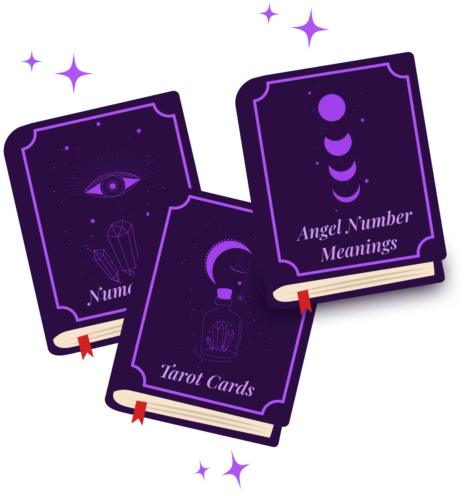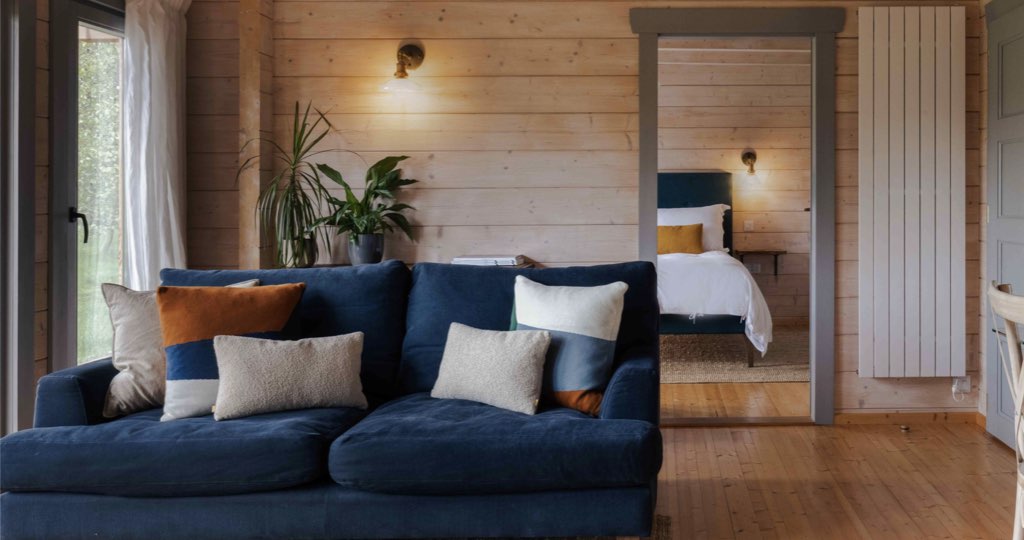The Northern Lights are probably at the top of most peoples’ bucket lists. We pinned down Icelandic Astronomy Educator, Sævar Helgi Bragason, to find out more about this naturally beautiful phenomena and why you should visit Iceland to experience seeing them for yourself…
What originally sparked your interest in astronomy?
I’ve always been extremely curious and fascinated by nature. It’s hard not to when you live in a place full of volcanoes, glaciers and waterfalls. When I walked to school as a six year old, in the dark winter mornings of Iceland, I could hardly take my eyes of the stars. They were so beautiful. What were they, I wondered. Grown-ups didn’t really give me a good answer so when I finally learned the answer in a book – that the stars are suns – it just blew my mind.
I was also lucky enough that my uncle had a big telescope and he allowed me to see the Moon and the planets through it. When I saw Saturn for the first time, that was it. I wanted to know everything there was to know about astronomy.
When did you first become interested in the Northern Lights?
It’s hard not to become fascinated with the northern lights when you see it from a young age. As a kid, when I didn’t really know anything about them, I frequently got a bit scared when a really powerful aurora storm took place. It felt like the northern lights were coming down at me, almost as if I could touch them. As my interest in science and nature grew, I started to look at them more closely. Now, I’ve been watching the northern lights for 25 years, since I was 10. Some of the time, they truly are awe-inspiring, but these days, I’ve seen it so often that they can be a bit of an annoying type of natural light pollution and I prefer the stars. But of course, they can still be hauntingly beautiful.
Can you explain the existence behind the Northern Lights?
It all boils down to our star, the Sun. Everyday, it throws away charged particles, mostly electrons, into space that forms the solar wind. When the solar wind hits the Earth, it interacts with Earth’s magnetic field causing it to rattle. The solar particles are accelerated towards the polar regions of the Earth. Now they are energetic enough to ionise or excite the oxygen and the nitrogen in the Earth’s upper atmosphere. When atoms and molecules like oxygen and nitrogen get excited, they release light. Of course it is wee bit more complicated, but that’s basically how the northern lights are made.
What are the Northern Lights most distinct features and can they change?
The colours are probably the most distinct feature of the northern lights. Most of the time, to the human eye, the northern lights appear faint and perhaps diffuse. During an aurora storm, however, more vivid colours are seen. Then, they also become more dynamic and dramatic. The green colour, which usually appears pale-green, comes from ionised oxygen, while more violet colours are caused by ionised nitrogen. The most striking of all northern lights are called aurora coronae. They occur during strong aurora storms.
When is then best time to see the Northern Lights?
Due to daylight 24/7 in the summer months (May, June and July), the northern lights are invisible. When it finally gets dark enough in August, they reappear in our skies and are visible throughout winter until late April. Northern lights seem to love the equinoxes. On average, they occur most frequently in March/April and September/October. Of course they are also seen in November, December, January and February as it all boils down to the Sun’s activity. It has to throw us fast moving solar wind for us to see northern lights.
On average, the best time of night is usually around 11pm although, they can appear at any time before or after that.

Are there any stories behind the lights relating to their history/meaning?
Interestingly, there are no Icelandic myths that have to do with northern lights. There are old superstitions though. For example, according to one, if a pregnant woman looks at northern lights or twinkling stars, the child she carries will become cross-eyed. There are numerous stories elsewhere too, of course.
Where can you see them? And how long are they there for?
Auroras are visible all throughout Iceland, as long as the sky is clear or at least partly clear. We are lucky enough to live under the aurora oval, a doughnut shaped region that surrounds the Arctic. Auroras can be seen all throughout the night but sometimes they appear for only a few minutes. It just depends on the solar winds.
What are people most taken back by when they experience seeing the lights?
The dynamic and colourful auroras have the most effect on people. After all, it is immensely beautiful. Everyone that has seen a strong aurora display can attest to it. When those occur, many people seem to be fascinated by the way they slowly appear and the all of a sudden, they explode into vivid colours and powerful dance. And then fade out until the next wave comes.
Why should people go to see the Northern lights?
To experience the beauty of nature and darkness. We live an heavily light polluted era, where most of the night skies beauty has disappeared from view. That’s extremely sad since the night sky is the origin of our culture. You have to feel part of nature to care for it. And these days, we really need to care more for nature since we are changing it in dramatic ways. One way to change people’s mindset is showing them the beauty of Earth and to feel how amazingly lucky you are to be part of it. That’s why I would encourage everyone to see the northern lights.

Sævar was one of 12 experts chosen by Inspired By Iceland to share their knowledge in the ‘A-Ö guide’ to the county. An alphabetical guide created by Inspired By Iceland in order to provide practical tips and advice about travelling in Iceland and information about Iceland’s culture, way of life, food and drink and history.
VIEW THE GUIDE HERE
READ MORE ABOUT OUR EXPERIENCE OF ICELANDIC ENERGY HERE
By Kate
Get your weekly DOSE fix here: SIGN UP FOR OUR NEWSLETTER
















